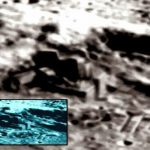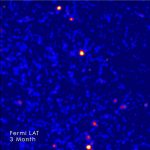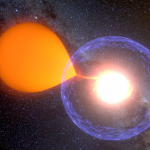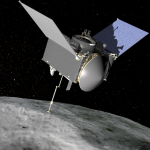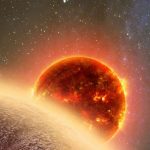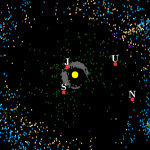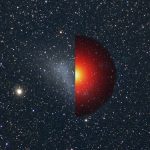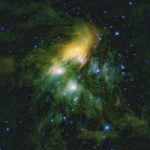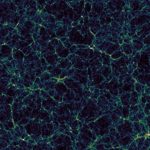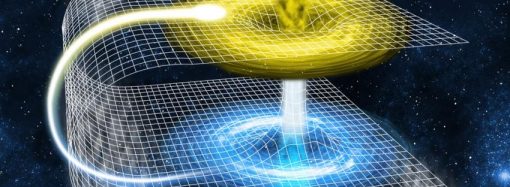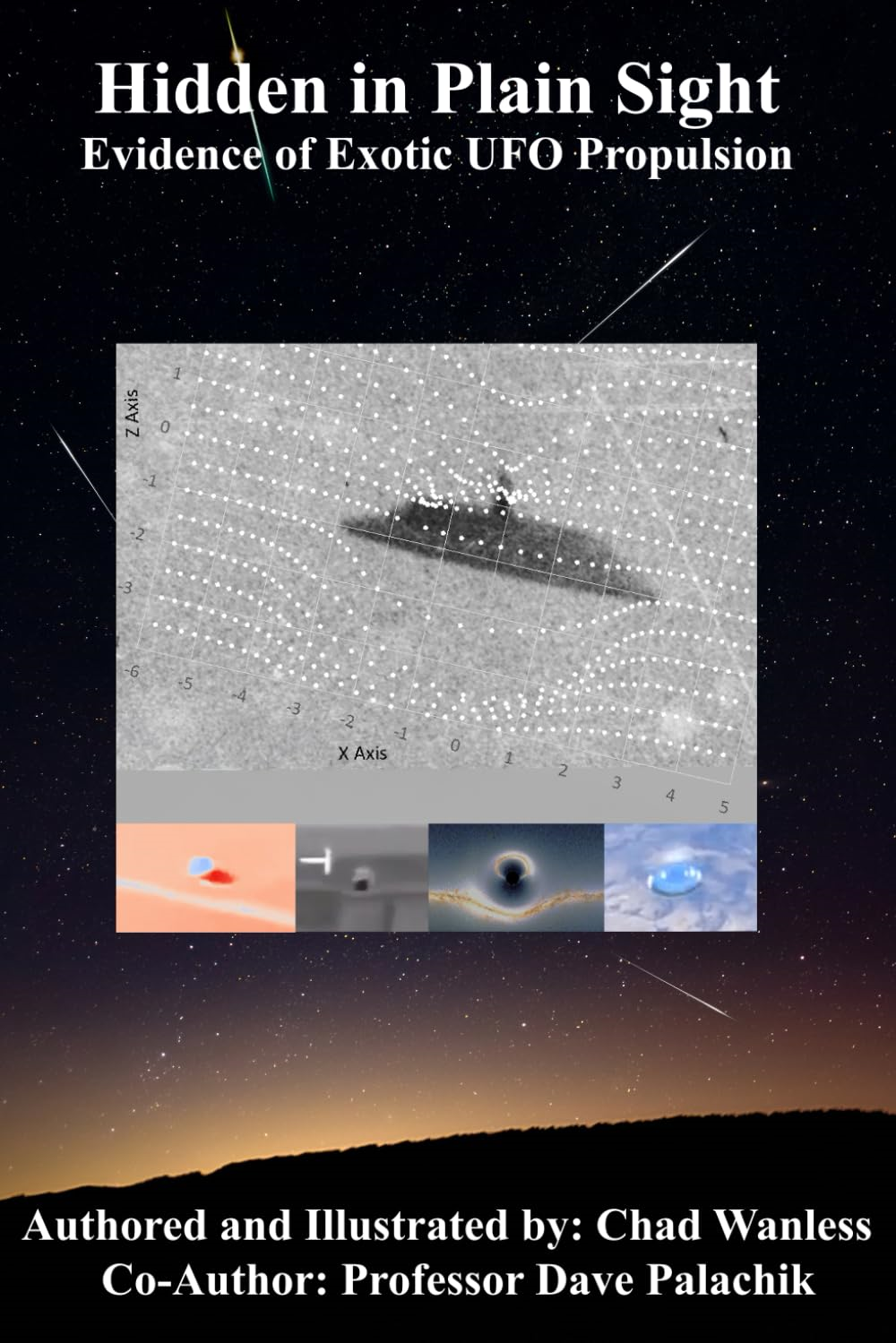China Reveals That a Massive Alien Outpost and Mining Facility is Operating on the Moon0
- Earth Mysteries, From Around the Web, Space
- August 22, 2016
Ever wondered why no one has set foot on the Moon for decades? And why there’s no permanent outpost already established there? Is it because the Moon is not a viable celestial body to harness, or maybe because all of the above mentioned are already happening, but we are not being told about it?

